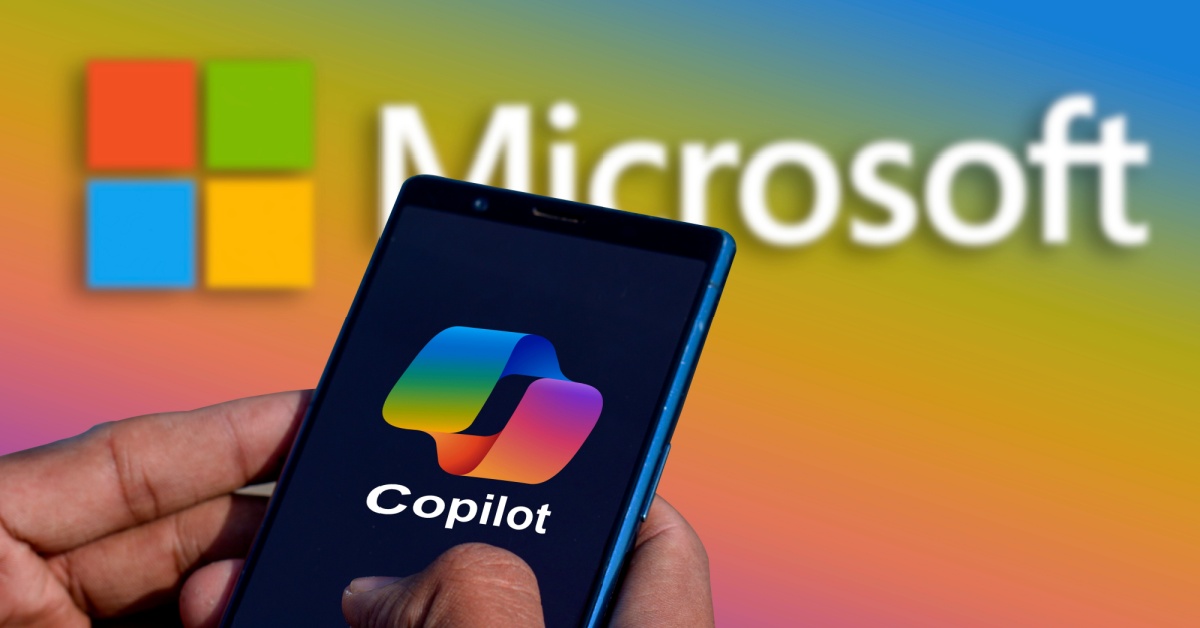DeepSeek: Why is R1 a Big Deal Going Forward?
The biggest obstacle to the broad adoption of AI by the masses has been a lack of innovation at the application layer. To deliver a quality experience to users, AI applications have been projected to cost over $100 million to deliver accurate output for their intended use case. There have not been many new AI applications embedded into our personal and professional daily lives, due to the expense of training these specialized models, especially within enterprises. In addition, cheaper models often lack accuracy and may create issues around privacy and security. This dynamic has put organizations between a rock and hard place. On one hand organizations need to spend to drive AI innovation but may be forced to abandon a project because the training and inferencing costs run too high. To complicate matters, an organization will also need to identify when a tool is ‘good enough’, even if it lacks perfect accuracy and occasionally hallucinates.
DeepSeek, a Chinese AI company based in Hangzhou, released R1, their latest model. The most surprising aspect of the DeepSeek update was the combination of the V3 low cost with the now higher level of accuracy. As shown in Figure 2, DeepSeek’s results now rival OpenAI in key categories, however, at a lower cost and in a lower chip environment. According to the DeepSeek V3 paper, it was built for a mere $5.6 million. There is one significant caveat. R1 was built on top of a base model. DeepSeek did not build the base model, which would have cost substantially more. However, it is generating impressive accuracy for reasoning at cost below peers, like OpenAI
Training Cost of DeepSeek V3
Training Costs of DeepSeek-V3, Assuming the Rental Price of H800 is $2 Per GPU Hour

Source: DeepSeek V3 Technical Report, 2412.19437v1, December 27, 2024.
Benchmark Performance of DeepSeek R1

Source: GitHub DeepSeek R1, DeepSeek-R1/DeepSeek_R1.pdf at main · deepseek-ai/DeepSeek-R1 · GitHub, January 2025.
Given the enormous amounts of capex committed by the cloud service providers and AI infrastructure providers to transform datacenters to accelerated computing with GPUs and other solutions, DeepSeek’s potential to dramatically reduce the cost of training may have significant implications for the industry’s outlook and expected growth. The low cost and accuracy of the DeepSeek reasoning model may drop the cost in certain areas and lead AI applications to emerge faster.
Another area that may benefit from the DeepSeek reasoning model is at the edge in laptops. Many individuals and enterprises have not updated their laptops since the COVID era. Given the cost, speed and security benefits at the edge, AI laptops may start an upgrade cycle. In addition, we may begin to see the development of more AI applications with lower cost models that could also support demand for new AI laptops.
DeepSeek at the Microsoft AI Tour
At the Microsoft AI Tour last week, Scott Guthrie, executive vice president of the Microsoft Cloud and AI Group, gave the keynote on AI transformation. He walked through several examples and had a few customers describe their AI stories. Guthrie emphasized the role of Copilot devices in how the business landscape is changing, especially for improving business processes and customer engagement.
Guthrie explained that AI laptops will enable more intelligent search and become increasingly important to IT management. Embedding AI into the operations of an enterprise may facilitate more efficiency and productivity within an organization. For example, the use cases for AI may include suggestions for code solutions, ways to save time, faster business processes, less manual documentation and approaches for curating customer requests. Guthrie highlighted the agentic programming model and the role of agents in helping to facilitate these process improvements and use cases.
Microsoft AI Tour Keynote with Scott Guthrie
Guthrie also addressed DeepSeek and showed the audience where to find DeepSeek R1 in Azure’s model catalog. Based on the productivity and efficiency use cases for enterprises, DeepSeek’s R1 may be useful for code generation, debugging and automating chatbot responses to customers and internal users, which may streamline the develop process and reduce time to production. When these enhancements are brought to device, the combination of running a chatbot at the edge with R1 may enable frontier models, like DeepSeek R1, to help bring the cost of developing and implementing an AI use case down. It also may be setting the stage for more AI applications to move to production and facilitate broader adoption.
Scott Guthrie Showing DeepSeek R1 on Azure
The Bottom Line
The potential for AI developers to create the next generation of must-have applications at scale has only just started. With frontier models, like DeepSeek R1, the costs are coming down and the accuracy is improving, which may be setting the stage for more AI applications to move to production. Over the next 4-5 years, there will likely be significant expansion and development of AI services in data centers and devices to ready the world for what’s to come next. Both workplaces and consumers are likely to win in the end with enhanced efficiency and productivity. Like it or not, AI is off and running.







